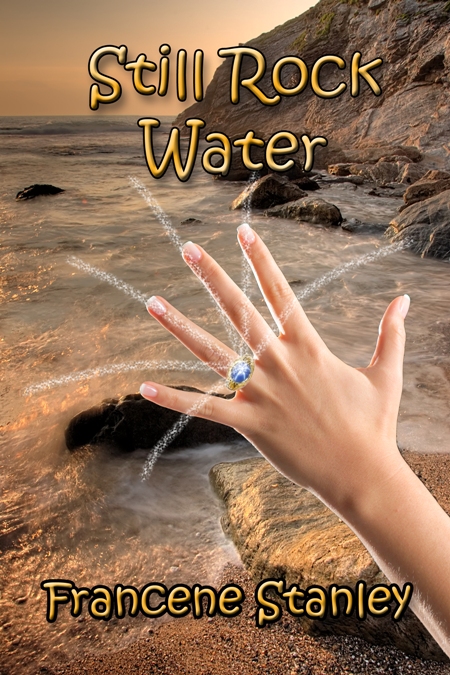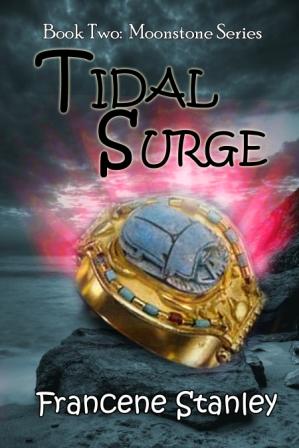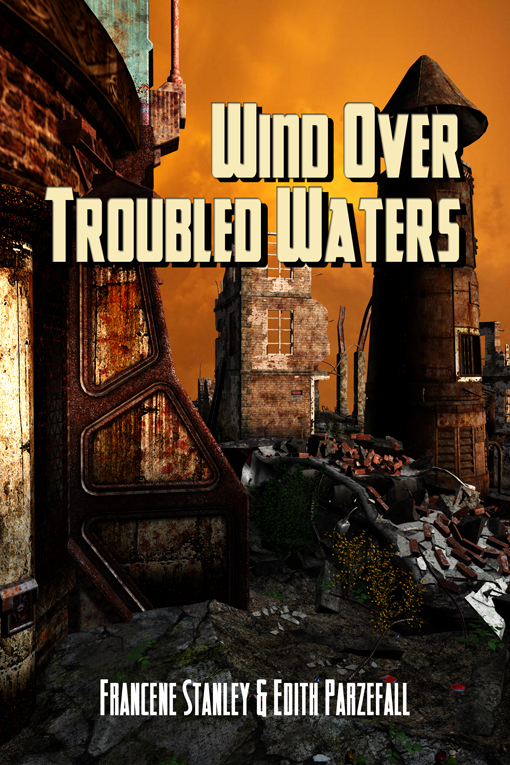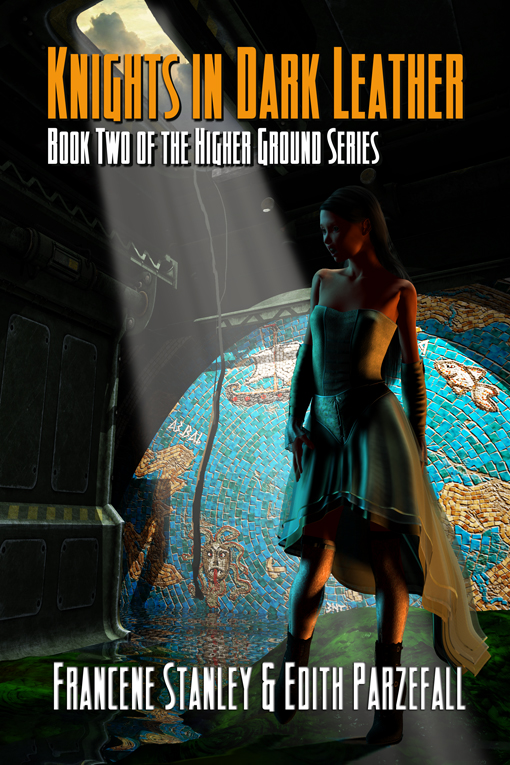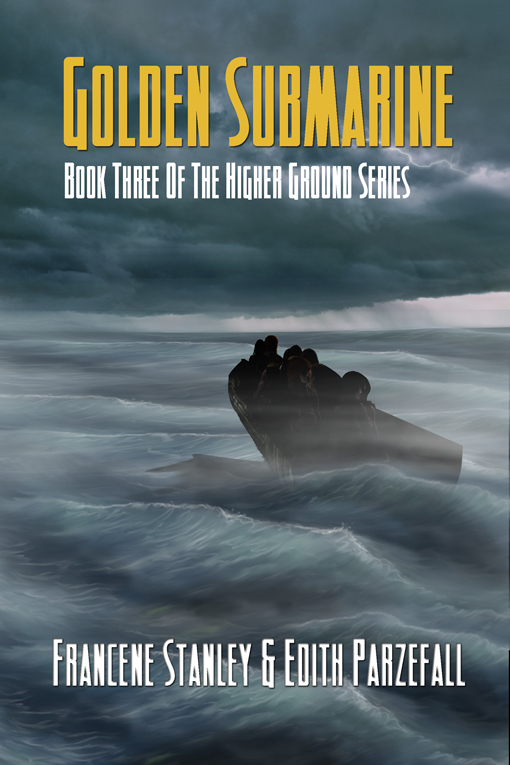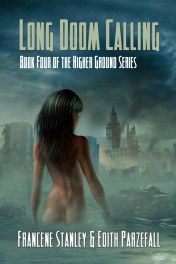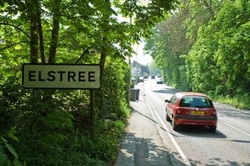 I live left at the top
I live left at the top ELSTREE, much the older part of the parish, came into the possession of St Albans Abbey in 1188, when it was knows as Tidulfes Treow and Borehamwood as Bosci di Borham. Both names have undergone various changes and spellings over the centuries.
St Nicholas Church, Elstree was dedicated to the Saint in 1424, (though it was rebuilt in 1852-3).
Schopwick Place c.1720, a restored residence.
The Artichoke public house, now a synagogue, also from the eighteenth century.
The Plough public house from around 1830, now the East Restaurant.
Back then four stage coaches called at Elstree each day, as a ‘watering hole’ between London and St Albans. The population of the Parish was 341 at that time.
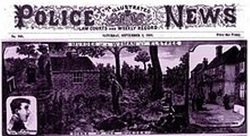
The Elstree Murder of Eliza Ebborn on 17 August 1882 by George Stratton, as illustrated in The Illustrated Police News Saturday, 11 November 1882
In 1779, Martha Ray (c. 1742–1779), singer and mistress of John Montagu, 4th Earl of Sandwich, was buried in the parish church (illustrated, right) after she had been shot dead by the Rev. James Hackman, Rector of Wiveton in Norfolk.[52]
In 1823 Elstree became notorious for the Elstree murder of William Weare, killed in Radlett and the body disposed of in a pond in Elstree by John Thurtell. The incident was recalled by Charles Dickens in his Weekly Journal. An inquest of the deceased was held on 31 October by county coroner Benjamin Rooke at the local Artichoke public house.
On 17 August 1882, Eliza Ebborn of Watford was murdered by 24-year-old shoemaker George Stratton, who was subsequently sentenced to death. She was buried at Elstree Parish Church.
Village secrets revealed in rector's book. A copy of the transcription was loaned to the Borehamwood & Elstree Times.
In 1914 the rector at Elstree's St Nicholas Church transcribed a 300-year-old book, which now provides a fascinating insight into the village's history.
A R T Eales, the rector at St Nicholas from 1898 until 1945, was a keen historian. In his 1922 book, Lecture on the History of Elstree, he said: "Round this church, most of the parish history now centers. It is in church books and parish records that most local history is preserved."
The original book he transcribed was a register of baptisms, marriages and funerals, from 1655 to 1757, which had been started in 1655 by the rector, William Fly. Mr Eales added a preface, containing some interesting facts about Elstree's development over the centuries.
He wrote that the first-ever mention of Elstree's existence came in 785, when King Offa of Mercia granted land known as Tidulfes treop (Idulfe's, or Eadwulf's, tree) to Westminster Abbey.
In 1188 Pope Clement III wrote to the abbot at St Albans, granting him: "The Chapel of Tidulves-tre [the church where St Nicholas now stands] and all its belongings.
"And, for the feeding of the Cellarer's herds, all the land in Tiduves-tre, which is surrounded by a ditch, and the common pasture land of Boreham." Through the centuries, the village's name evolved. Henry III called it Idulvestre in 1253, and Edward VI referred to it as Elstrey. Until the beginning of the 19th century, the village was known as Idelstree.
Mr Eales wrote that many Roman remains had been found around Elstree and Boreham Wood. He echoed a rumor that the foundations of St Nicholas Church were made of Roman tiles from Sullionacoea, a buried city in Brockley Hill.
He added that more than 100 pottery supports for heating apparatus had been found in Boreham Wood, and that a fine sepulchral urn had been found.
In 1820, when the church was repaired, workmen found the embalmed body of a 34-year-old woman, perfectly preserved, under one of the pews, near the chancel.
She was Martha Ray, the daughter of an Elstree labourer, who died in 1779. She was shot by an obsessed admirer, the Rev James Hackman, as she left the Covent Garden Theatre with her true love, the Earl of Sandwich. Her remains were placed in a vault in the chancel until 1924, and in 1928 the Earl of Sandwich erected a tombstone for her, in memory of the love his ancestor had for her.
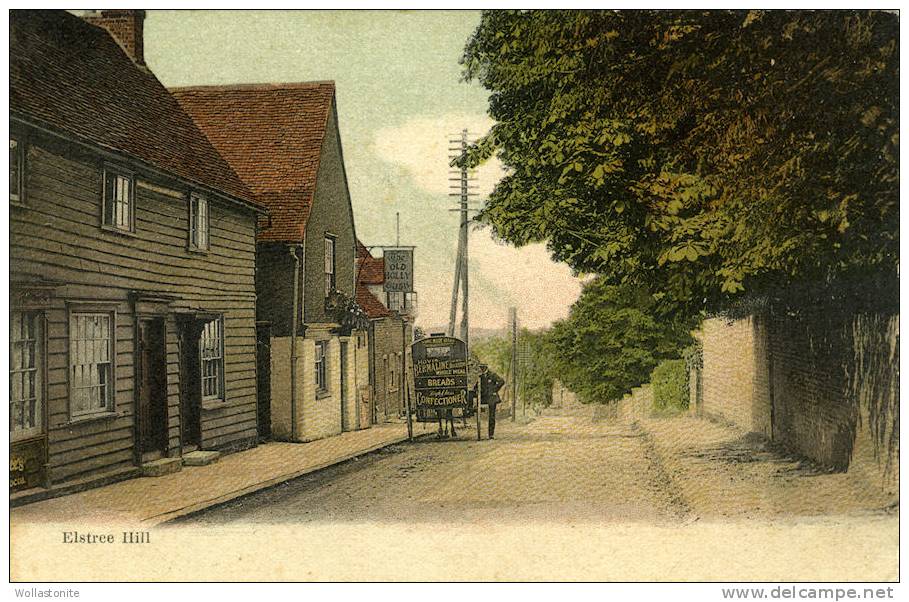
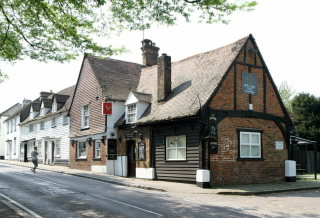
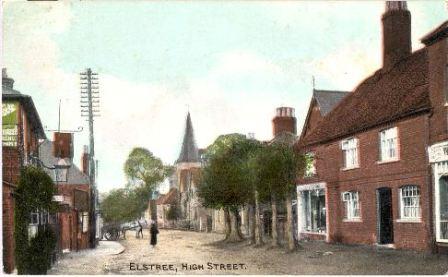
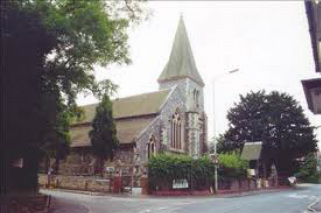
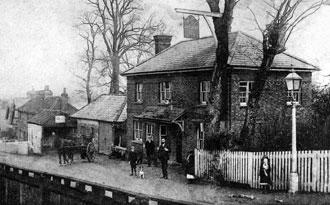
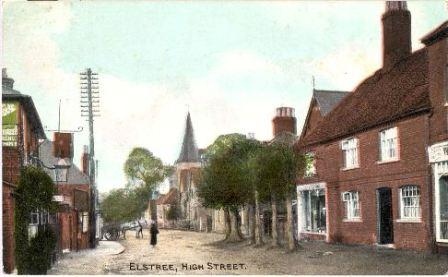
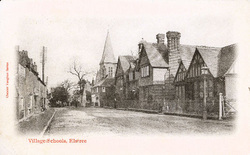

 RSS Feed
RSS Feed
